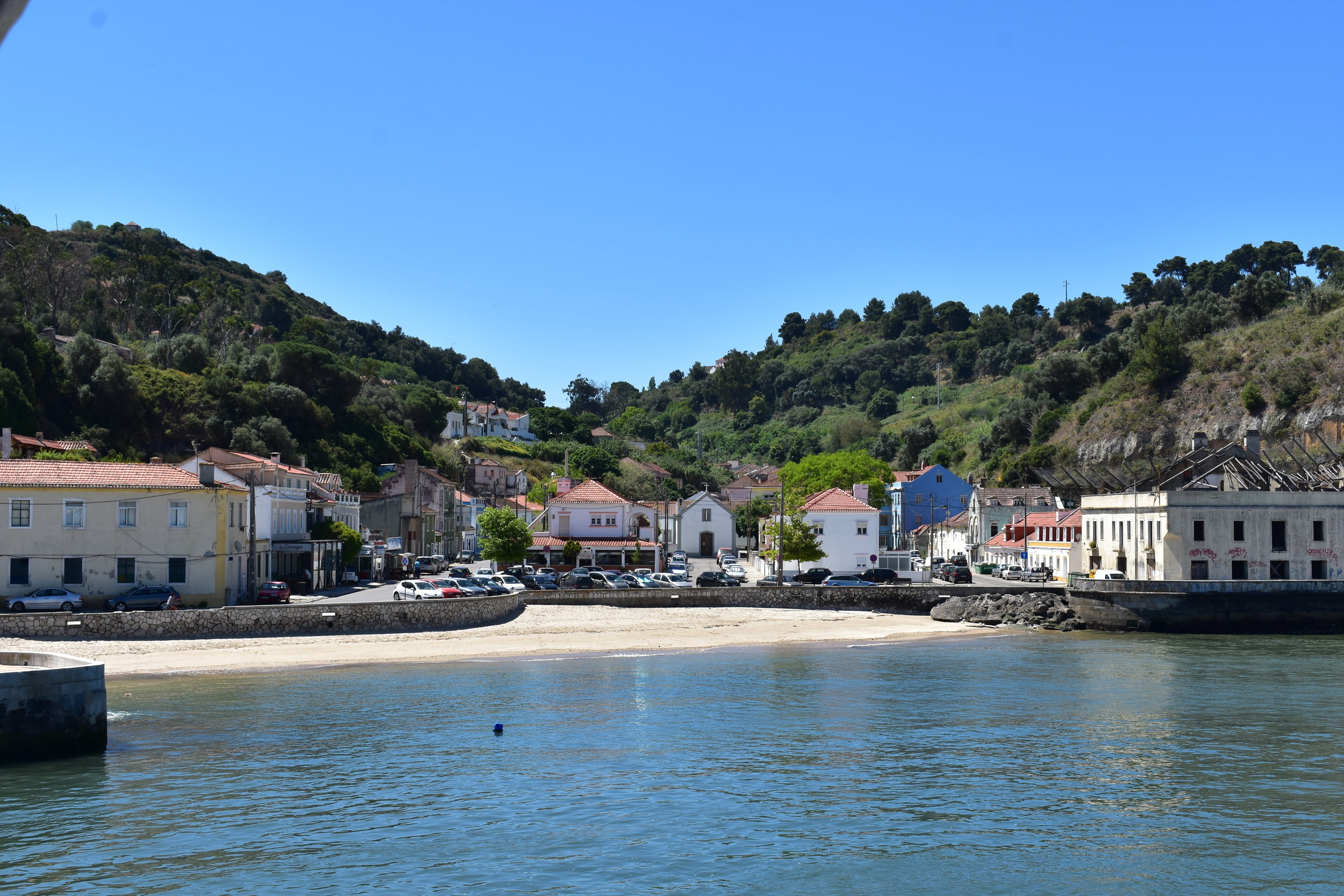by Katrina Radach, Washington SeaGrant fellow
In Washington our shorelines are rapidly changing, and coastal communities must adapt to sea level rise that can cause flooding and erosion. Our coastal communities are not alone. On coastlines around the world, people face the threat of rising seas and climate change.
Photo by Katrina Radach.
In May, I traveled to Lisbon, Portugal, to attend the European Climate Change Adaptation Conference and represent The Nature Conservancy as a Washington State Sea Grant Fellow. Before a crowd of 1,200 international scientists, natural resource managers, and policy makers, I presented the efforts of the Washington Coastal Resilience Project to support communities and build their capacity to sea level rise and coastal hazards. While I attended the conference to present on our work in Washington, I was also there to learn about what others are doing to adapt.
A coastal community outside Lisbon, Portugal, faces threats to homes, infrastructure and public health due to a warming climate and rising seas. Photo by Katrina Radach.
Conference participants were invited to visit local communities near Lisbon who are already adapting to coastal hazards and sea level rise. I had the opportunity to visit a dune nourishment project where sand and sediments are added to the shoreline to prevent beach loss and protect coastal infrastructure. An intense winter storm can remove 15 meters of beach! Beaches around Lisbon are a major draw for tourism and are important for local homeowners, so the loss of sandy waterfronts is a major threat to the local economy and culture.
Nature-based solutions were among the community’s priorities, as hard shoreline armoring not only looks aesthetically unappealing to tourists, but it is also a short-term solutions that needs repair year after year. The community planted over 10,000 native plants to stabilize the dunes, and they added fences and pathways to reduce foot traffic over the plants and dunes. After two years of successful beach nourishment, the community is looking to expand efforts in the coming years. By maintaining their beaches, the community receives the benefits of both recreation and shoreline protection.
Dune nourishment on Portugal’s beaches benefits the local community as well as recreation and the economy. Photo by Katrina Radach.
Similar efforts are underway in Washington’s coastal communities. As a part of the Washington Coastal Resilience Project, we are building a database of case studies on communities’ adaptation to sea level rise and other coastal hazards. Our goal is to provide learning opportunities, so that communities do not have to reinvent the wheel when it comes to climate coastal adaptation in Washington State.
In the coming year, you will be able to find these case studies on our online map on the Coastal Hazards Resilience Network website. The website will also host a sea level rise curriculum for high school students, access to Washington State sea level rise projections, contact information to coastal hazards experts, and coastal hazards information for the state.





























